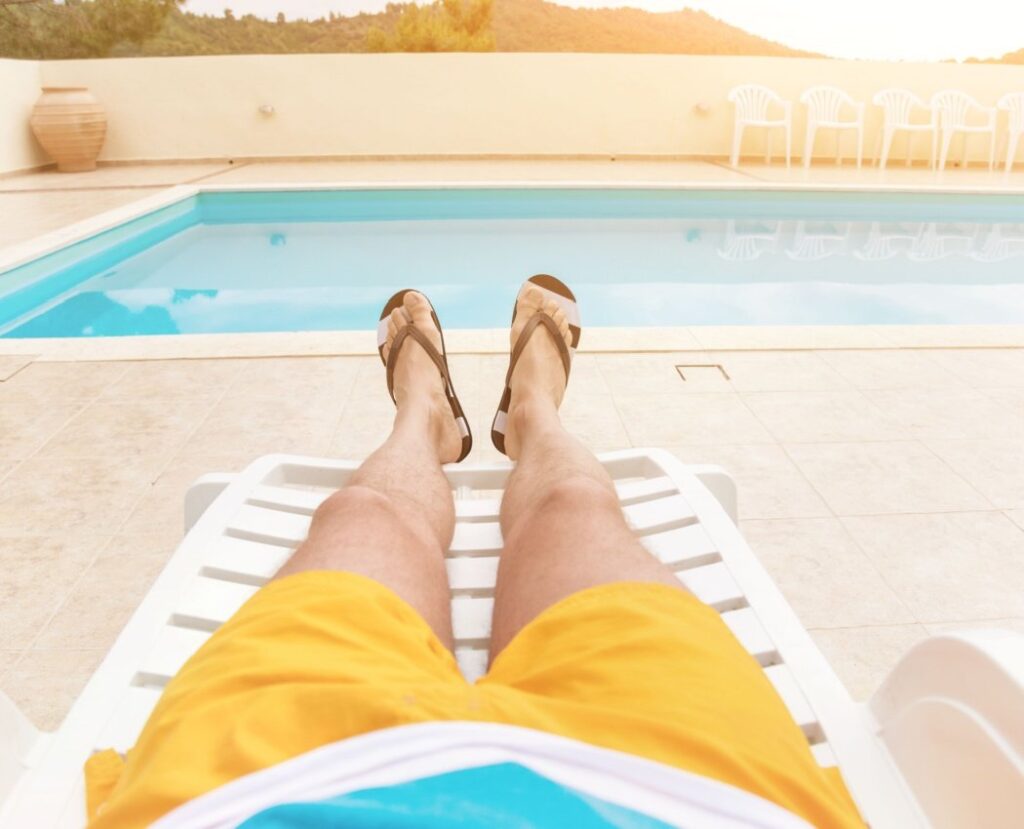
When the temperature rises and summer is in full swing, flip flops often become the go-to footwear for many. Their easy slip-on design, lightness, and breathability make them a staple in warm weather wardrobes. However, from an orthopedic standpoint, flip flops can be a double-edged sword. While they offer certain conveniences, they also pose several risks to foot health. Let’s explore the relationship between flip flops and orthopedic health, and how to make better choices for your feet.
The Comfort Factor
Flip flops are undeniably comfortable for short-term wear. They allow your feet to breathe, reduce sweating, and are perfect for beach outings or casual walks. The minimalistic design means they don’t encase your foot, which can feel liberating. However, this same feature can become a problem when flip flops are worn for extended periods.
The Orthopedic Concerns
1. Lack of Arch Support
Most traditional flip flops are flat and lack the arch support necessary for maintaining proper foot alignment. This can lead to overpronation, where the foot rolls inward excessively, causing strain on the arch and heel. Over time, this can result in conditions like plantar fasciitis, a painful inflammation of the tissue along the bottom of the foot.
2. Heel Pain and Plantar Fasciitis
The thin, flat sole of flip flops provides minimal cushioning for the heel. Walking on hard surfaces without adequate heel support can exacerbate heel pain and contribute to plantar fasciitis. For those already suffering from this condition, wearing flip flops can significantly worsen symptoms.
3. Toe Gripping and Muscle Strain
The lack of straps and support means the toes must grip the flip flops with each step to keep them on. This constant gripping can lead to muscle strain in the toes, feet, and calves, and may even contribute to conditions like hammer toes or tendinitis.
4. Altered Gait
Flip flops can alter your natural walking gait. The need to grip with your toes and the lack of support can cause changes in stride and posture. This can have a cascading effect, potentially leading to knee, hip, and lower back pain.
Choosing Orthopedic-Friendly Flip Flops
Not all flip flops are created equal. If you’re a fan of this type of footwear, consider opting for orthopedic-friendly designs that mitigate some of the risks associated with traditional flip flops.
1. Arch Support
Look for flip flops with built-in arch support. Brands like Vionic, Orthaheel, and Spenco offer flip flops specifically designed with orthotic support, helping to maintain proper foot alignment.
2. Cushioned Soles
Choose flip flops with cushioned soles that provide better shock absorption, reducing the impact on your heels and joints. Memory foam or EVA foam soles can be particularly effective.
3. Heel Cup
A deep heel cup can help stabilize the foot and distribute pressure more evenly, reducing the risk of heel pain and plantar fasciitis.
4. Wide Straps
Opt for flip flops with wide, supportive straps that distribute pressure across the foot more evenly and reduce the need for toe gripping.
Moderation is Key
While orthopedic-friendly flip flops can reduce some risks, moderation is still key. Flip flops are best suited for short-term wear. For longer walks or activities that require more support, consider more structured footwear such as athletic shoes or supportive sandals.
Flip flops offer a laid-back, breezy option for summer footwear, but they come with orthopedic risks that shouldn’t be overlooked. By choosing orthopedic-friendly designs and limiting their use to appropriate situations, you can enjoy the benefits of flip flops without compromising your foot health. Remember, your feet are the foundation of your mobility – treat them with the care and support they deserve.














